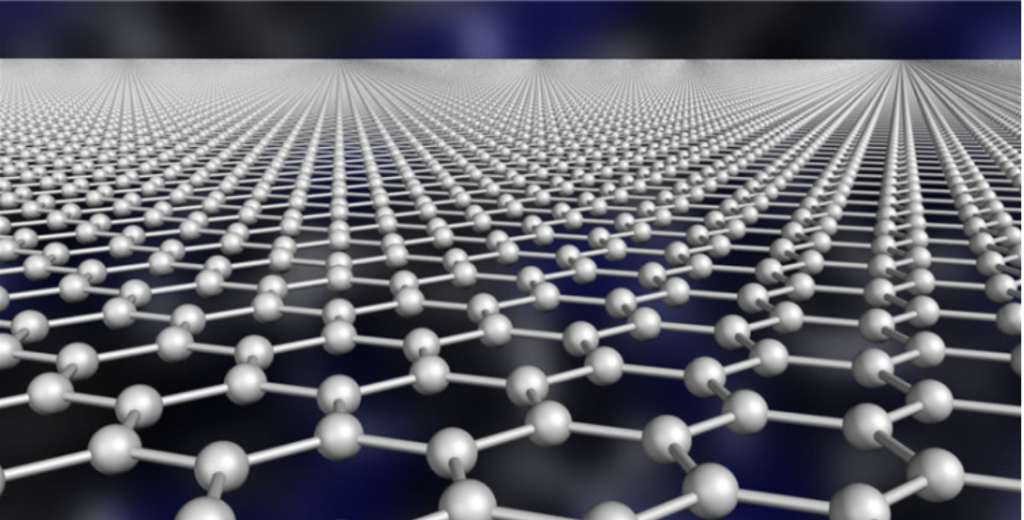From Graphite to Graphene: How Carbon Materials Are Transforming Future Technologies
Introduction
Carbon materials have been at the heart of technological advancements for decades, but the transition from traditional graphite to cutting-edge graphene marks a new era of possibilities. These materials are reshaping industries such as energy, electronics, and aerospace, offering unparalleled performance and versatility. This article explores the transformative potential of carbon materials, focusing on their applications in key technological domains and their role in shaping the future.

The Journey from Graphite to Graphene
Graphite, a naturally occurring carbon material, has long been valued for its lubricating properties, conductivity, and stability. However, the isolation of graphene in 2004 by Andre Geim and Konstantin Novoselov revealed an entirely new realm of possibilities. Graphene, a single layer of carbon atoms arranged in a hexagonal lattice, possesses extraordinary properties:
- Mechanical Strength: 200 times stronger than steel while being lightweight.
- Electrical Conductivity: Among the best conductors of electricity.
- Thermal Conductivity: Superior heat dissipation capabilities.
- Transparency and Flexibility: Ideal for transparent and flexible electronics.
Applications in the Energy Sector
1. Energy Storage
Graphene is revolutionizing batteries and supercapacitors:
- Lithium-Ion Batteries: Graphene’s high surface area and conductivity enhance charge storage and cycling stability.
- Supercapacitors: Its rapid charge and discharge capability make it ideal for applications requiring high power density, such as electric vehicles (EVs).
2. Hydrogen Storage and Fuel Cells
Graphene and carbon nanotubes (CNTs) enable efficient hydrogen storage due to their porous structure, making them critical for advancing hydrogen fuel technologies.
3. Solar Energy
Graphene’s transparency and conductivity are being used to improve the efficiency of photovoltaic cells. It facilitates better light absorption and charge transport, paving the way for more efficient and cost-effective solar panels.
Transforming Electronics
1. Next-Generation Semiconductors
Graphene’s exceptional electron mobility makes it a promising candidate for replacing silicon in semiconductors. Applications include:
- High-Speed Transistors: Enabling faster and more energy-efficient processors.
- Flexible Electronics: Developing foldable smartphones and wearable devices.
2. Thermal Management
Efficient heat dissipation is critical in compact electronics. Graphene’s thermal conductivity addresses overheating issues in devices like laptops and smartphones, enhancing their performance and longevity.
3. Displays and Sensors
Graphene’s combination of flexibility, transparency, and conductivity supports the development of:
- Flexible OLED Displays: Lightweight, bendable screens.
- Advanced Sensors: Highly sensitive graphene-based biosensors for healthcare and environmental monitoring.
Advancing Aerospace Technology
1. Lightweight Composites
Graphene-reinforced composites are being used to create lightweight yet strong materials for aircraft. These composites reduce fuel consumption while maintaining structural integrity.
2. Thermal and Electrical Shielding
Carbon materials provide excellent shielding against electromagnetic interference (EMI) and thermal extremes, crucial for aerospace electronics and spacecraft.
3. Energy Systems
Graphene’s role in energy storage extends to aerospace applications, enabling the development of lighter and more efficient power systems for satellites and space missions.
Catalyzing Future Innovations
1. Artificial Intelligence (AI) and Quantum Computing
Graphene’s high-speed electron transport is being explored for AI processors and quantum computing components, offering faster data processing and reduced energy consumption.
2. Sustainable Technologies
The environmental benefits of carbon materials include:
- Carbon Capture: Using graphene to capture and convert CO2 into useful products.
- Recyclable Electronics: Developing devices with sustainable, carbon-based components.
3. Biomedical Applications
Graphene’s biocompatibility and conductivity are leading to breakthroughs in:
- Drug Delivery Systems: Targeted delivery with minimal side effects.
- Regenerative Medicine: Graphene scaffolds for tissue engineering.
Challenges and Opportunities
Despite their immense potential, carbon materials face challenges:
- Production Costs: Scaling up graphene production while maintaining quality is still expensive.
- Integration Issues: Incorporating graphene into existing systems requires overcoming technical barriers.
- Standardization: Establishing industry standards for quality and application is critical for widespread adoption.
Opportunities for growth include advancements in manufacturing techniques, such as chemical vapor deposition (CVD), and increased collaboration between academia and industry to address technical challenges.
Conclusion
From graphite’s traditional applications to graphene’s cutting-edge potential, carbon materials are driving transformative changes across industries. Their unparalleled properties are opening new frontiers in energy, electronics, and aerospace, positioning them as cornerstone materials for future technologies. With continued research and innovation, carbon materials will undoubtedly play a central role in shaping a sustainable and technologically advanced future.

